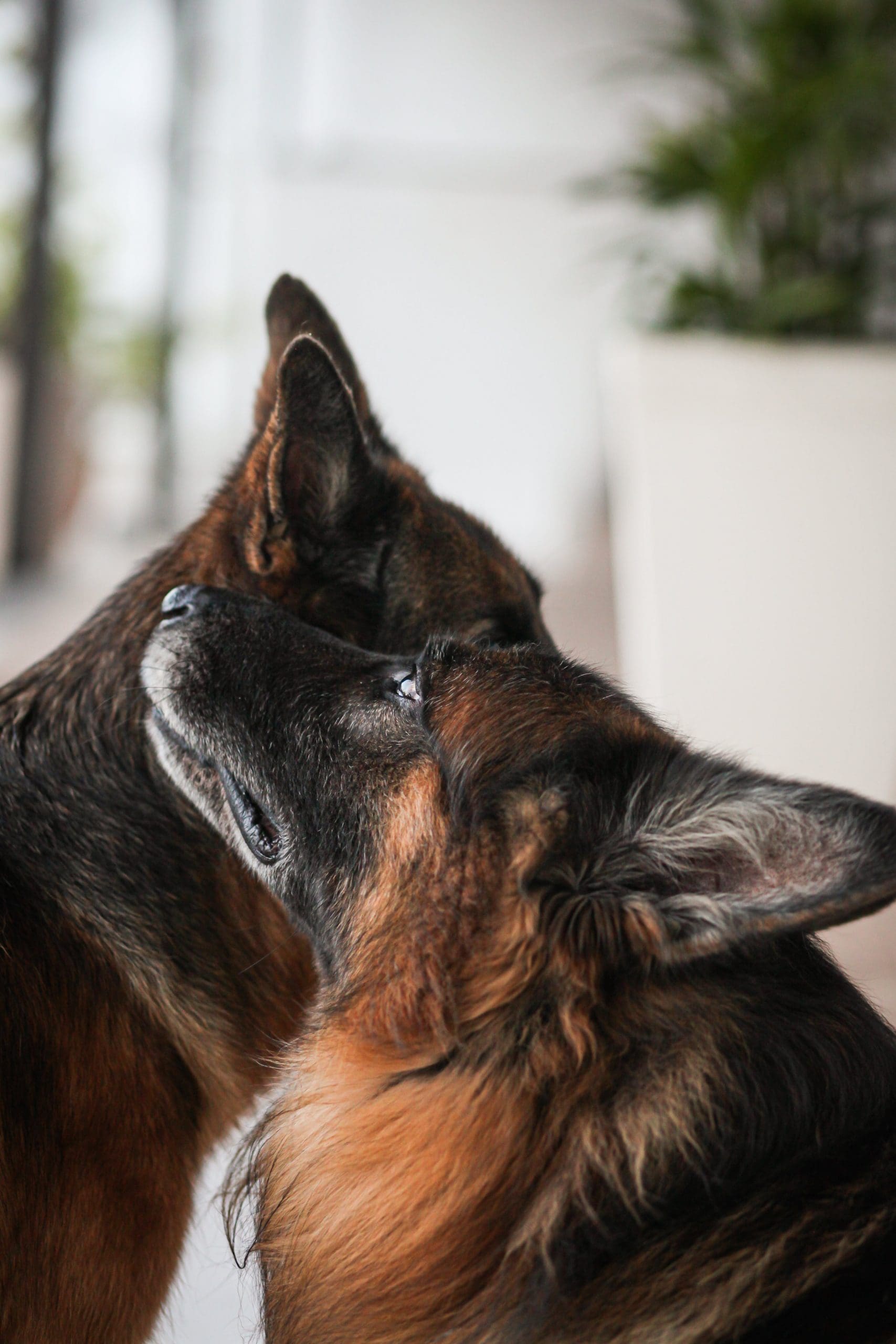Maintaining the health and happiness of our canine companions is a top priority for dog owners. One prevalent issue faced by pet parents is the presence of fleas—tiny parasites that can cause significant discomfort and lead to serious health problems. Recognizing the appearance of fleas is crucial for identifying and addressing an infestation.
The Flea’s Appearance
Fleas are small, wingless insects often overlooked by the untrained eye. Adult dog fleas typically measure about 1/16 to 1/8 of an inch long, comparable to a pinhead. Their flattened bodies make it easy for them to navigate through a dog’s fur, while their coloration, ranging from dark brown to reddish-brown, allows them to blend in, especially against darker coats.
One of the most striking features of a flea is its long hind legs. These powerful limbs enable fleas to jump distances of up to 150 times their body length, allowing them to move effortlessly from one host to another. Observing a flea jump can seem almost gravity-defying as it lands nimbly on a dog’s fur or nearby surfaces. Additionally, their bodies are covered in tiny hair-like structures called setae, which help them cling tightly to fur, complicating removal efforts once they have settled in.
Identifying Flea Infestations
When examining fleas closely, their specialized mouthparts become apparent. These are designed for piercing skin and feeding on blood, making fleas particularly prevalent in areas where a dog has thick fur, allowing easy access to the skin. A dog infested with fleas may exhibit increased itching and scratching, signaling a need for closer inspection.
While adult fleas are visible without magnification, their eggs and larvae are not. Flea eggs, about the size of a grain of salt, are typically white or translucent and can easily fall off a dog, spreading throughout the home and complicating eradication efforts. The larvae are even smaller and often hide in dark, sheltered areas like carpets, bedding, or floor cracks, remaining nearly invisible without careful examination.
Health Risks Associated with Fleas
Fleas pose significant health risks to dogs. They can transmit various diseases and parasites, including tapeworms. When a dog ingests a flea during grooming, it may also consume tapeworm eggs, leading to another infestation. Furthermore, flea bites can cause flea allergy dermatitis, a painful condition resulting from an allergic reaction to flea saliva, leading to inflammation and discomfort that may require veterinary attention.
Recognizing the signs of fleas is vital for effective treatment. In addition to visible fleas, flea dirt—tiny black specks found in a dog’s fur—indicates their presence. This material consists of flea feces made up of digested blood. A simple test involves brushing your dog’s fur over a white surface; if small black specks turn reddish-brown when wet, it strongly suggests that fleas are present.
Preventative Measures
Preventing fleas is essential to keeping dogs healthy and comfortable. Regular grooming not only aids in early detection but also promotes a healthy coat. Bathing your dog with a flea shampoo can help remove existing fleas, but a comprehensive flea control program is necessary to prevent reinfestation. Various treatments, including topical spot-on treatments, oral medications, and flea collars, are available. Consulting a veterinarian will help you choose the most suitable options for your dog.
In addition to treating the dog, addressing the environment is crucial for complete flea eradication. Thorough cleaning of your home, including vacuuming carpets, washing dog bedding, and treating areas where your dog spends time, is essential. Fleas can persist in the environment long after leaving the dog, necessitating a comprehensive approach.
Regularly inspecting your dog’s coat and skin helps catch potential flea problems early. Focus on areas where fleas commonly hide, such as the neck, behind the ears, and at the base of the tail. Excessive scratching or biting in these areas may indicate the presence of fleas.
Tailoring Flea Prevention
Different dog breeds may respond variably to fleas. Some dogs have more sensitive skin and may experience more severe reactions to bites, while others may show minimal signs of discomfort. Understanding your dog’s specific needs and behaviors is key to tailoring an effective flea prevention strategy.
Achieving a flea-free environment involves more than just treating the dog. Regularly washing bedding, vacuuming carpets, and using flea control products can significantly reduce the risk of infestation. Fleas thrive in warm, humid conditions, so taking steps to reduce humidity and maintain cleanliness is beneficial.
If faced with a flea infestation, it’s vital to act promptly. Seeking veterinary advice on effective treatment options and developing a plan to eliminate fleas from your home is essential. Persistence and patience are necessary, as fully eradicating fleas from the environment may take time.
Being informed about the appearance and behavior of dog fleas enhances your ability to protect your pet. Understanding their characteristics, potential risks, and effective management strategies empowers dog owners to ensure a happy, healthy life for their canine companions. Regular grooming, appropriate treatments, and maintaining a clean living environment are fundamental elements of successful flea management. By staying proactive and vigilant, you can create a safe and comfortable home for your beloved dog, free from the nuisance of fleas.



